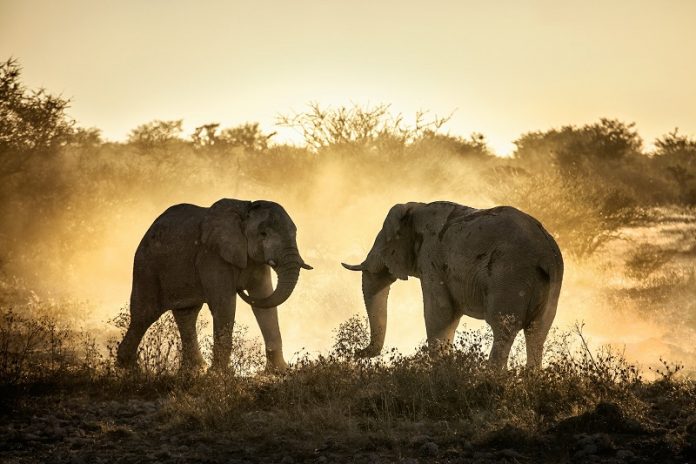
In a heartbreaking mystery from last year, a large number of elephants died suddenly in Zimbabwe and the surrounding regions.
Thanks to some top-notch detective work by scientists, we now might have an answer.
What Happened?
In a short span between August and September 2020, around 35 elephants died in a specific area of North-Western Zimbabwe.
This was especially concerning because a few months before that, about 350 elephants had died in northern Botswana. People around the world were worried about what was happening.
Elephants are magnificent creatures, but they’re in danger. There are only about 350,000 African savanna elephants left in the wild, and every year, about 8% of them die.
Because of these threats, they’re on the International Union for Conservation of Nature’s “red list”, which is a list of endangered species.
Finding out what caused these deaths was super important.
Not just because we all love elephants and want to protect them, but because understanding the reason for their deaths can help prevent similar incidents in the future.
Dr. Chris Foggin, a wildlife doctor from the Victoria Falls Wildlife Trust, took the lead in this investigation.
He explained that their job wasn’t easy. Finding elephant bodies in time to get useful samples, figuring out what kind of disease they might be looking at, and doing detailed examinations of such large animals in the wild were all challenges they faced.
What did the scientists find?
At first, the team had a few theories about the cause of death. One was poaching, but that idea was quickly dismissed because the dead elephants still had their tusks.
Another was poisoning, as sometimes people use cyanide to kill elephants in Zimbabwe. But tests done locally and in the UK showed no signs of any poison in the dead elephants or nearby water sources.
Then came the big discovery. The scientists found evidence of a rare bacterial infection in six of the elephants. This bacteria, which they called Bisgaard taxon 45, was a member of the Pasteurellaceae family.
It’s known that some bacteria from this family have caused sudden deaths in animals like antelopes, but no one had ever linked them to elephant deaths before.
What does this mean for elephants?
This is a significant finding because it tells us more about the threats these beautiful creatures face. Professor Falko Steinbach from the APHA highlighted the importance of understanding this bacteria.
He said that elephants, being social animals, could easily spread this bacteria among themselves. Add to that the stress factors like droughts, and we might see more outbreaks in the future.
However, there’s still much to learn about this bacteria and its effects on elephants and other wildlife. Dr. Arnoud van Vliet from the University of Surrey emphasized the value of such international research projects. He stated that understanding diseases in wild animals is essential for their conservation, and this new finding adds to the list of threats that elephants face.
In simple words…
Scientists have been playing detective to figure out why so many elephants died suddenly in Zimbabwe last year.
After lots of tests and teamwork, they found a rare bacteria might be the culprit. This discovery is essential because it helps us understand the dangers elephants face and could help protect them in the future.
Follow us on Twitter for more articles about this topic.



